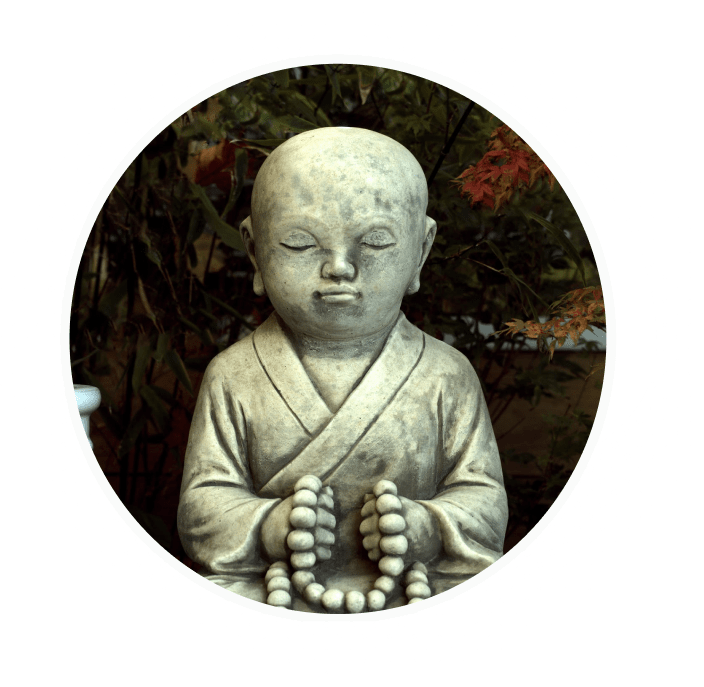Taking a breath
“Take a deep breath,” is something you will have heard, possibly quite often, and especially in times of stress or anger. You will have heard it because it works. Taking deep belly breaths calms our bodies down and allows us to return to a “rest and digest” state.
We are going to use a variety of deep breathing techniques to quickly and effectively reduce our anxiety, worry or stress. These techniques can be used anywhere, but ideally when you are sitting down with both feet on the floor.

Practice 1
For High Anxiety: Place and keep the tip of your tongue against the ridge of tissue behind your upper front teeth for the duration of the exercise.
Completely exhale through your mouth, making a ‘whoosh’ sound.
Close your mouth and inhale quietly through your nose for a silent count of 4.
Hold your breath for a count of 7.
Exhale completely through your mouth, making a ‘whoosh’ sound for a count of 8.
Do not repeat more than 3 times, as it can make you light-headed.

Practice 2
Box breathing in a 4-4-4 sequence. This technique is used by the military and police before dangerous or stressful situations.
It can be done anywhere.
(i) Breathe in through your nose while counting to four slowly.
(ii) Hold your breath while counting slowly to four.
(iii) Breathe out through your mouth for 4 seconds.
Repeat steps 1 – 3 at least five times, or until calm returns.
Practice 3
Pursed Lips Breathing: Relax your neck and shoulders.
With your mouth closed, inhale slowly through your nostrils for 2 seconds.
Now pucker your mouth, as if you were about to kiss someone, and exhale through your mouth for 4 seconds. Breathe slowly and steadily (rather than hard) on the out-breath.
Practice 4
Whenever you feel any tension in your body, take a deep breath, in through your nose for 5 seconds, hold for 5 seconds, and release for 5.
Set yourself a challenge in Clanbeat Tasks to practice 5-5-5 throughout the day. It can be hard to change your breathing when you are feeling really anxious, so practising when you aren’t feeling anxious strengthens the neural pathways and makes it easier.
